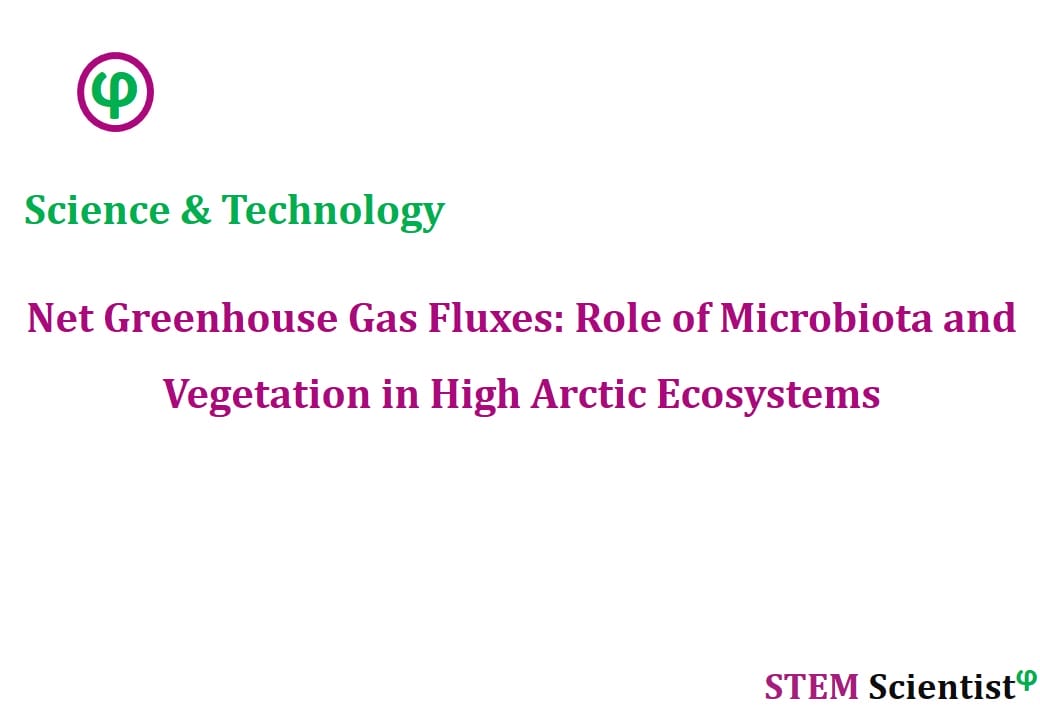
The following study was conducted by Canadian Ecological Scientists from Polar Knowledge Canada, Cambridge Bay, Canada; Queen’s University, Kingston, Ontario ; Carleton University, Canada.
Scientists investigated prominent role of microbial communities, vegetation cover and diverse environmental drivers in the high arctic ecosystems. The study site was Cape Bounty Arctic Watershed Observatory, located at Melville Island, Northwest Territories and Nunavut in Northern Canada. This site is designated as Canadian Arctic Archipelago and is a long term observatory to investigate biogeochemical and ecological responses in high arctic ecosystems. Study is published in Arctic Science Journal of Canadian Science Publishing.
Canadian Science Publishing – Arctic Science Journal (2019)
Net greenhouse gas fluxes from three high arctic plant communities along a moisture gradient
Abstract
Climate in high latitude environments is predicted to undergo a pronounced warming and increase in precipitation, which may influence the terrestrial moisture gradients that affect vegetation distribution. Vegetation cover can influence rates of greenhouse gas production through differences in microbial communities, plant carbon uptake potential, and root transport of gases out of the soil into the atmosphere. To predict future changes in greenhouse gas production from High Arctic ecosystems in response to climate change, it is important to understand the interaction between trace gas fluxes and vegetation cover. During the growing seasons of 2008 and 2009, we used dark static chambers to measure CH4 and N2O fluxes and CO2 emissions at Cape Bounty, Melville Island, NU, across a soil moisture gradient, as reflected by their vegetation cover. In both years, wet sedge had the highest rates of emission for all trace gases, followed by the mesic tundra ecosystem. CH4 consumption was highest in the polar semi-desert, correlating positively with temperature and negatively with moisture. Our findings demonstrate that net CH4 uptake may be largely underestimated across the Arctic due to sampling bias towards wetlands. Overall, greenhouse gas flux responses vary depending on different environmental drivers, and the role of vegetation cover needs to be considered in predicting the trajectory of greenhouse gas uptake and release in response to a changing climate.
Source:
Canadian Science Publishing – Arctic Science Journal
URL: https://www.nrcresearchpress.com/doi/full/10.1139/as-2018-0018#.Xd-NzegzbIX
Citation:
Wagner, I., J. K. Y. Hung, et al. (2019). “Net greenhouse gas fluxes from three High Arctic plant communities along a moisture gradient.” Arctic Science: 1-17.


